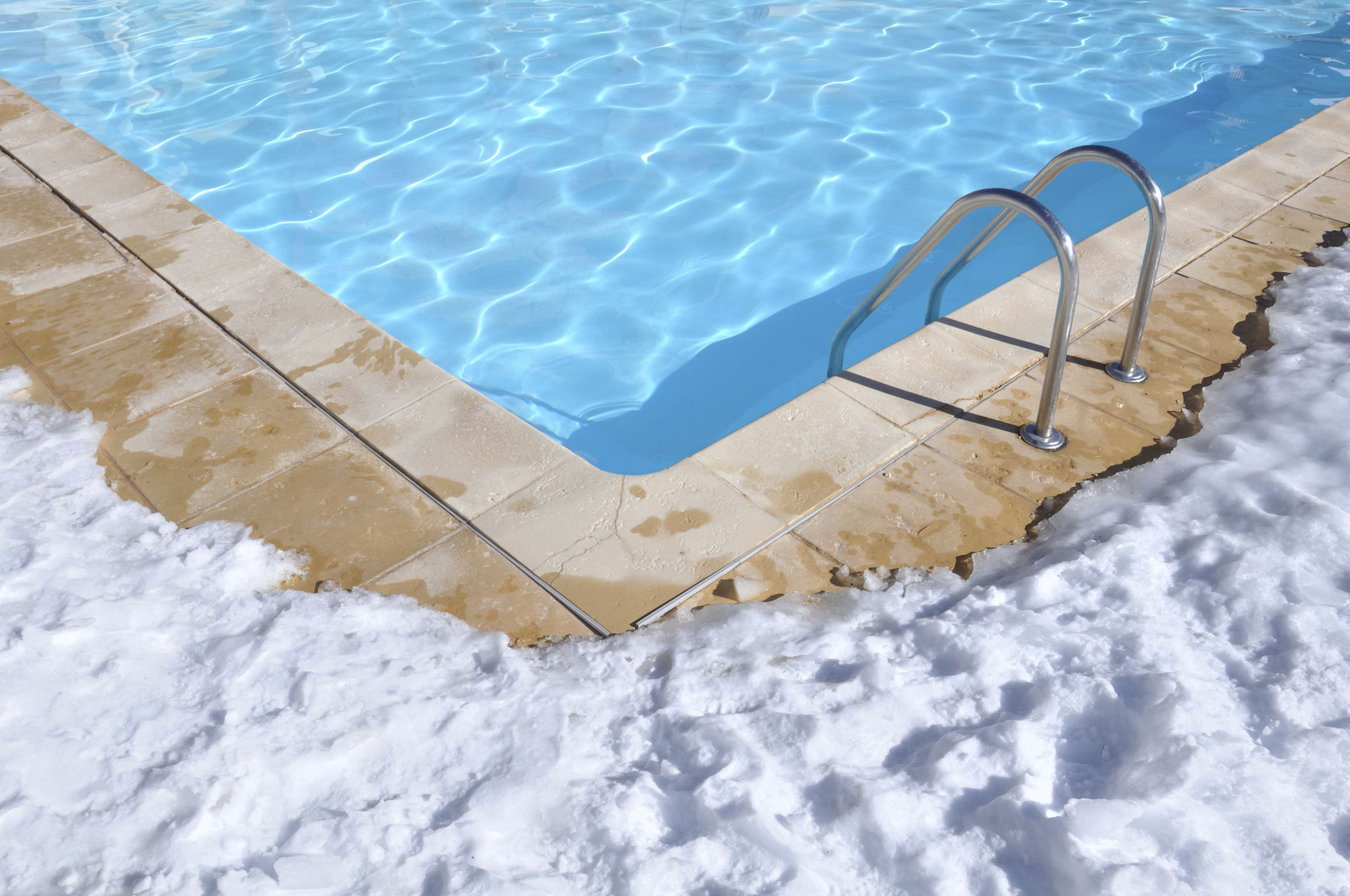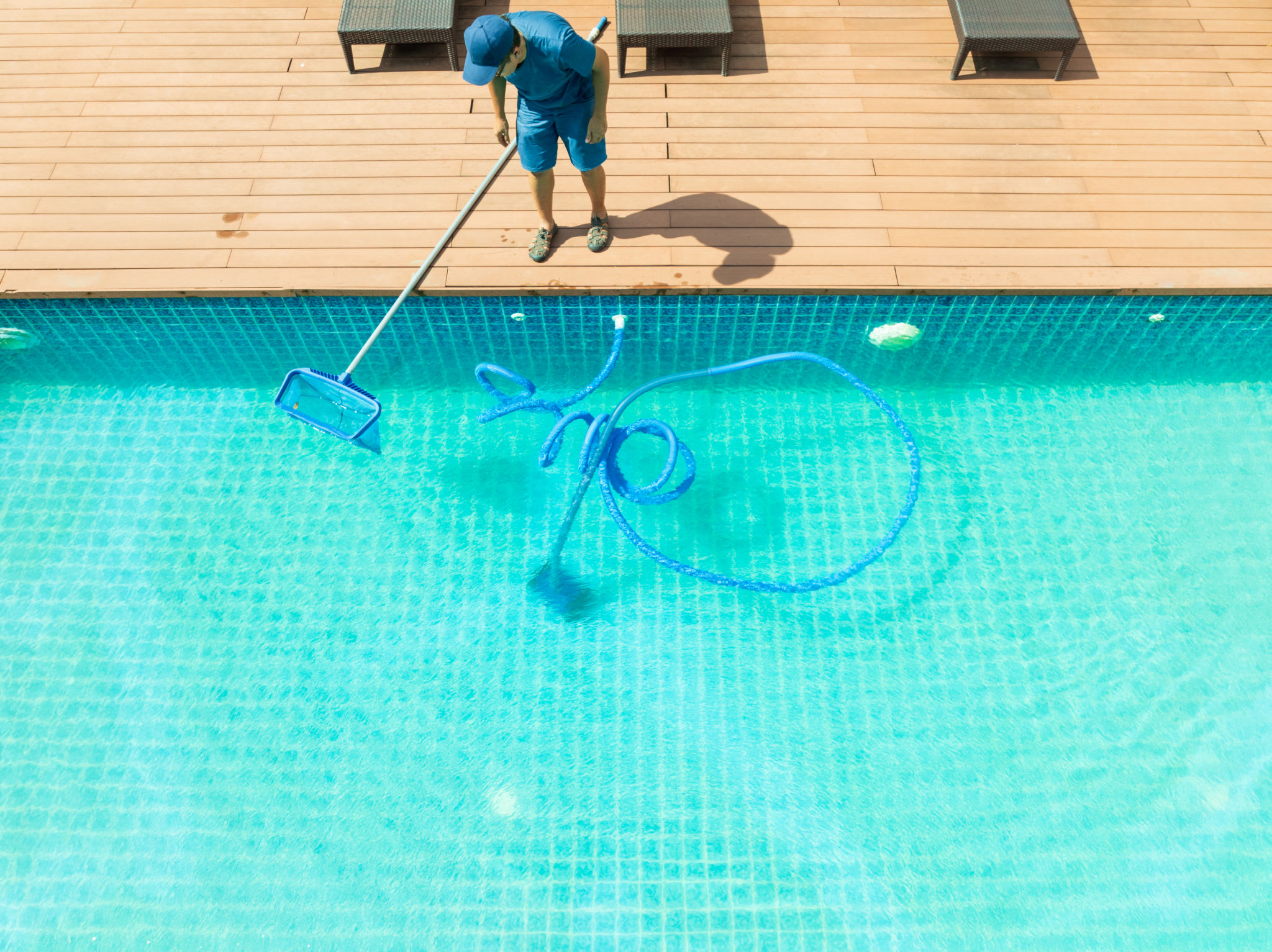How to Winterize Your Pool in Nevada: A Step-by-Step Guide
TS
Understanding the Importance of Winterizing Your Pool
As the temperatures drop in Nevada, it might be tempting to leave your pool as is, given the relatively mild winters. However, winterizing your pool is essential to protect your investment and ensure it's ready for enjoyment when the warmer months return. Taking the time to properly winterize your pool can prevent damage from freezing temperatures and save you money on repairs.
Even in areas with milder climates like Nevada, unexpected cold snaps can occur. Freezing water can cause significant damage to your pool's plumbing and equipment. Proper winterization helps to mitigate these risks, allowing you to maintain the integrity of your pool structure and systems.

Gathering Your Supplies
Before you begin the winterization process, it's crucial to gather all the necessary supplies. Having everything on hand will make the process smoother and more efficient. Here’s a list of what you’ll need:
- Pool cover
- Water testing kit
- Pool chemicals (alkalinity increaser, pH increaser/decreaser, chlorine)
- Pool antifreeze
- Pool vacuum
- Skimmer plugs and return line plugs
Prepping the Pool for Winterization
The first step in winterizing your pool is to clean it thoroughly. Start by skimming the surface to remove any debris, then vacuum the bottom of the pool. This will help prevent algae growth and make opening the pool in spring much easier.
Next, test and balance your pool water. Adjust the pH level to between 7.2 and 7.6, and ensure that the alkalinity is between 80 and 120 ppm. Properly balanced water will help protect your pool surfaces during the winter months.

Lowering the Water Level
Once your water is balanced, it's time to lower the water level. In Nevada, it's generally a good idea to lower the water just below the skimmer level to prevent any freeze-related damage. However, be cautious not to lower it too much, as this could cause other structural issues.
Protecting Plumbing and Equipment
To safeguard your plumbing and equipment from potential freeze damage, drain all water from your pump, filter, heater, and chlorinator. Once drained, add pool antifreeze to the plumbing lines as an extra precaution.
If your pool has a heater, ensure it is turned off before draining it. This step is crucial in preventing any residual water from causing internal damage when temperatures drop.

Covering Your Pool
The final step in winterizing your pool is covering it securely with a high-quality pool cover. This cover will keep debris out of the pool while also providing an extra layer of protection against the elements. Make sure the cover fits tightly and is anchored properly to prevent it from being blown away by strong winds.
In conclusion, taking the time to properly winterize your pool in Nevada can prevent costly damages and extend its lifespan. By following these steps, you'll ensure that your pool remains in top condition and is ready for a seamless reopening in spring.